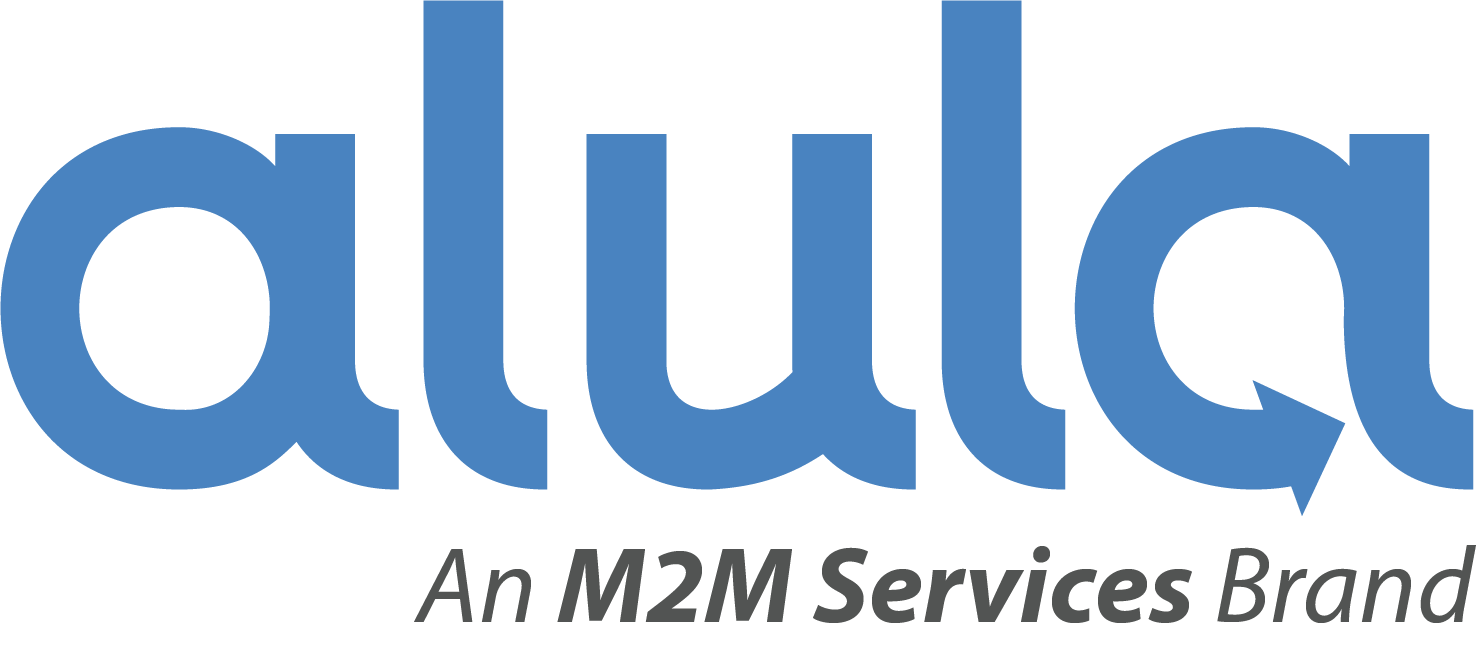Security integrators were caught off guard by the sudden announcement that UTC’s Interlogix division – one of the most popular brands in the industry – would be shutting down by the end of the year (see www.securityinfowatch.com article); in fact, integrators and long-time Interlogix customers may be wondering what their next move should be.
In the security business, the integrator’s next step should always be taken with a nod toward the future – not what has been done in the past; thus, integration businesses should see the shutdown as an opportunity to grow their business into the future.
Instead of looking around for a new hardware partner to replace the one they lost, integrators should seize this moment to make the move to a streamlined, vertically-integrated solution that encompasses both hardware and software. This will prepare integrators for a future that is predicted to include much more disruption, from both inside and outside the industry.
The Past as a Guide
Many of the integrators affected by the Interlogix shutdown are used to upheaval; in fact, many of these businesses were actually built during, or even because of, major industry disruptions. Such changes ultimately helped integrators increase their revenue by simplifying installation. Here are a few recent examples:
The introduction of reliable wireless technology meant integrators were suddenly able to set up a system in a fraction of the time it took to run wires. Additionally, the creation of self-contained panels brought the User Interface and the CPU together into a single unit, cutting labor costs and enabling multiple installations in a day. The low-labor, rapid installs that wireless and self-contained panels enabled gave rise to the fast-paced door-to-door summer sales model (another disruption) that ultimately folded back into the standard professional model.
With the launch of interactive services and the smartphone came remote control, as well as the addition of a range of services that ultimately meant more revenue for integrators, and a more engaged consumer user base.
These were seismic changes that felt disruptive at the time, but in the end they left forward-looking integrators in a stronger position. The integrators that did not embrace those disruptions are not in business today.
More Disruption Ahead
The Interlogix shutdown is the latest example of disruption coming from within the industry. This trend is likely to continue, as companies continue to innovate and change the way integrators do business; and there is more disruption coming – some of it from outside the industry. Tech giants like Google and Amazon are releasing smart security products that claim to blend seamlessly with the tech-enabled home of the future, and consumers are paying attention.
These new developments, coupled with the looming sunset of the 4G LTE standard, feel like gathering storm clouds for the security integrator, who must grapple with technologies going obsolete at the same time tech giants are invading their turf.
The industry has weathered plenty of storms in the past, and there’s no reason that integrators can’t once again come out in a stronger position.
Preparing for the Future
High RMR, lowered installation costs and reliability have always been the building blocks of successful security integration firms. Now that tech giants are bearing down on the security space, what is the more feasible approach for maintaining those principles: a vertically integrated solution or a two-way arrangement with network provider and a separate hardware provider?
Major tech is appealing to consumers with seamless, vertically integrated solutions; but security businesses can do this as well, in fact, many forward-looking companies already are. The Interlogix shutdown is an opportunity for integrators who are still using separate services and hardware providers to make this move, instead of looking for a new hardware partner that will help them cling to an aging business model.
The old model was all about a common interactive services provider rolling out features, distributing their development efforts and feature roadmap more or less equally amongst all the hardware players. It has been difficult for any one hardware player to distinguish itself substantially from the rest, and new developments tend to come slowly.
The future of this business is all about leveraging the full hardware/services stack. There are multiple benefits to an elegantly-designed system, as opposed to two parts glued together.
With new entrants in the market, consumers will expect a comprehensive and seamless experience – not so different from driving a great car. The dashboard should be wonderful, but beneath it there must be an amazing suspension system that absorbs all the bumps, turns and uncertainties the road can deliver. Bottom line is: the best of class services and best in class hardware are the ones that were designed together.
The hardware solutions integrators choose must enable the security integrator to continue to deliver a smooth solution for a long time to come. The shutdown of Interlogix was one more surprise in an industry that’s full of surprises and disruptions. Hopefully, integrators will see this moment as the opportunity it really is.
Brian Seemann is EVP of Operations Development for Alula. He was formerly VP of Engineering for GE-Interlogix. Connect with him via LinkedIn, at www.linkedin.com/in/brianseemann. Request more info about Alula at www.securityinfowatch.com/ .
